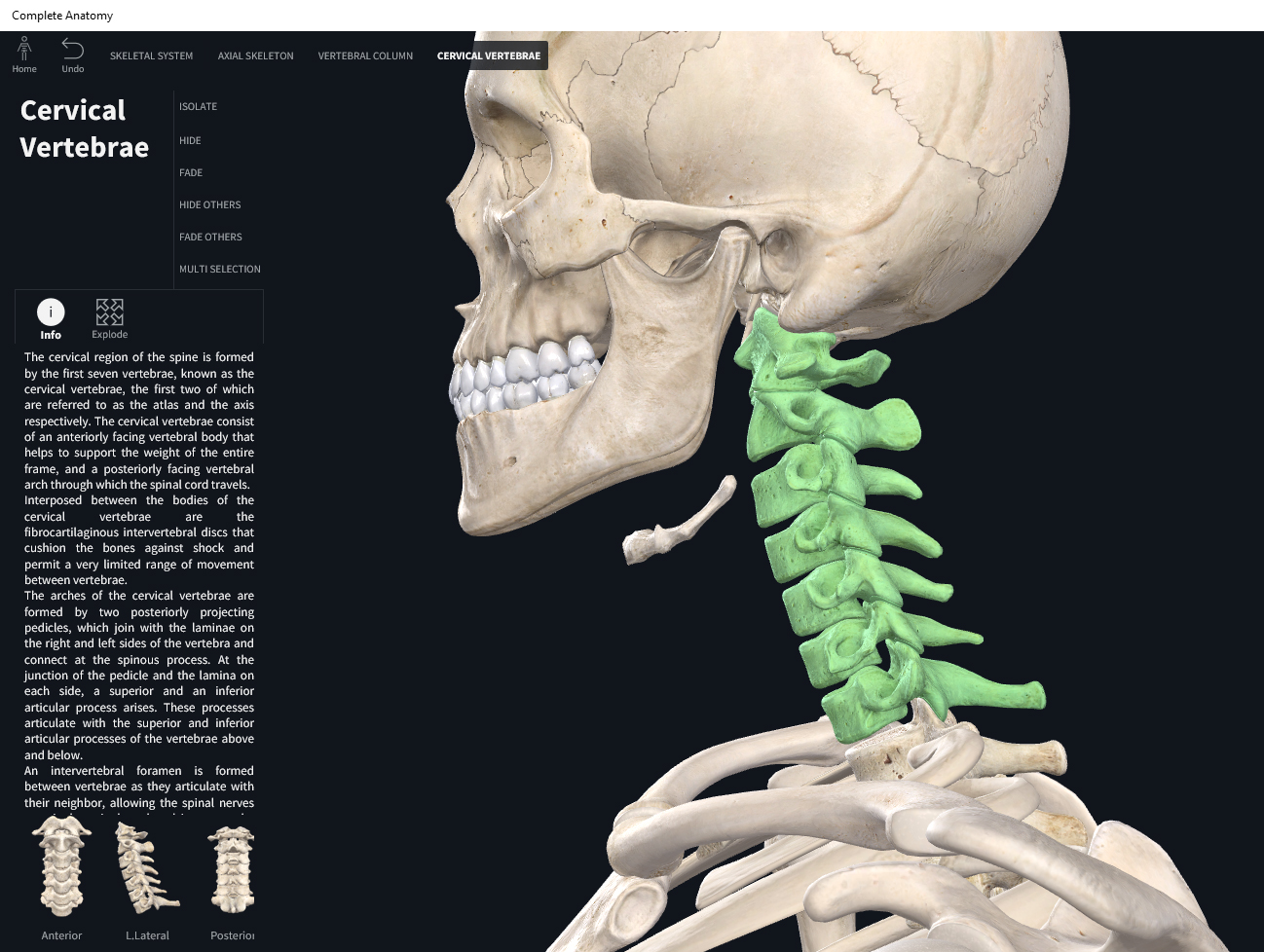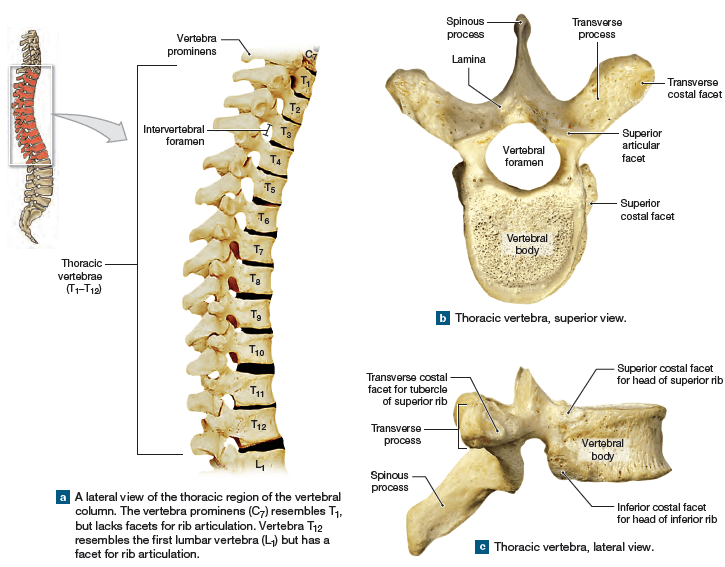
Treatment usually starts with non-steroidal anti-inflammatory drugs as well as medication to control the pain. Traditional bone spur treatments can often mitigate most mild to moderate nerve compression and are the typical first course of back pain treatment. Treatment for spinal bone spurs is usually accomplished through a conservative nature without a need for surgical intervention. If a nerve is being compressed due to a bone spur, diagnostic tests such as nerve injections of numbing agents may allow the doctor to pinpoint which nerve/s may be affected by your bone spur. However, If there is suspicion that it may be putting pressure on a spinal nerve, a myelogram with dye injection may be performed to better identify the affected nerve. X-ray or CT scans are often enough to identify and diagnose a bone spur in the neck or back. Your physician will also likely perform a small number of nerve sensation tests to measure your reflexes. Next, a physical examination will allow the doctor to measure your range of motion and any tenderness around the affected area. Are there any activities that cause your pain to lessen?.Are there any activities that cause your pain to increase?.What were you doing when you first noticed pain?.Some examples of questions you can expect to be asked when investigating a possible bone spur include:

To diagnose a bone spur in the spine, your doctor will ask a few questions about your pain and symptoms. Many people will not even know they have a bone spur until it starts to apply pressure to the surrounding nerve and muscle structures. Osteoarthritis, for example, is one of the common lower back pain causes linked to our natural aging process. First and foremost, bone spur formation may occur naturally over time as we age, which is why it seems much more common in the elderly than in the younger population. Several different factors can cause bone spur formation. You may also feel numbness in and around the groin area (an indication that immediate surgery is required to avoid permanent damage). In very rare cases, bowel and bladder function may also be affected. As the condition progresses, muscular weakness may start to be seen in the leg.As the condition progresses, muscular weakness may start to be seen in the arm.Pain that radiates into your shoulder and down your arm.For example, an affected nerve in your neck will generally produce bone spur symptoms in your shoulders and upper extremities. The location of the bone spur and affected nerve will dictate where you feel this. As the condition worsens, more severe nerve compression may result in muscle weakness and a loss of coordination.Ī typical bone spur symptom is numbness or tingling in the extremities. Bone spur symptomsĪs we’ve covered bone spurs meaning, let’s discuss the symptoms of this condition.Īs a bone spur develops and begins to compress nerves and surrounding blood vessels, bone spur symptoms such as numbness, tingling, or pain may begin to set in. Some people suffer from a heel spur, which is a bone spur on the back of the heel that causes some pain and disturbance, especially while walking. Because the spine naturally weakens from aging and daily wear and tear, spinal bone spurs are more common in older people than in younger people. Vertebral fractures can be caused by a traumatic event or injury, although more often, they result from simple stresses, such as lifting. When a spinal bone spur presses on surrounding nerve structures, it becomes a source of mild to severe nerve-related pain and should be diagnosed and treated by a doctor.īack or neck bone spurs usually form after a fracture of the vertebra. If a spinal bone spur grows inward, it can cause pain by constricting the spinal canal and pressing on the nerve roots.

Although many people would think that spinal bone spurs are rough and jagged like the spur found on a cowboy boot, back and neck bone spurs are actually quite smooth and will often not have any symptoms at all it is only when the spur presses on a nearby structure that they will start to cause problems. They usually develop slowly in response to pressure, friction, or stresses. Spinal bone spurs form as the body tries to heal itself by adding extra bone to a damaged area.

Bone spurs, commonly referred to as osteophytes, are the growth of extra bone usually found on our vertebrae.


 0 kommentar(er)
0 kommentar(er)
